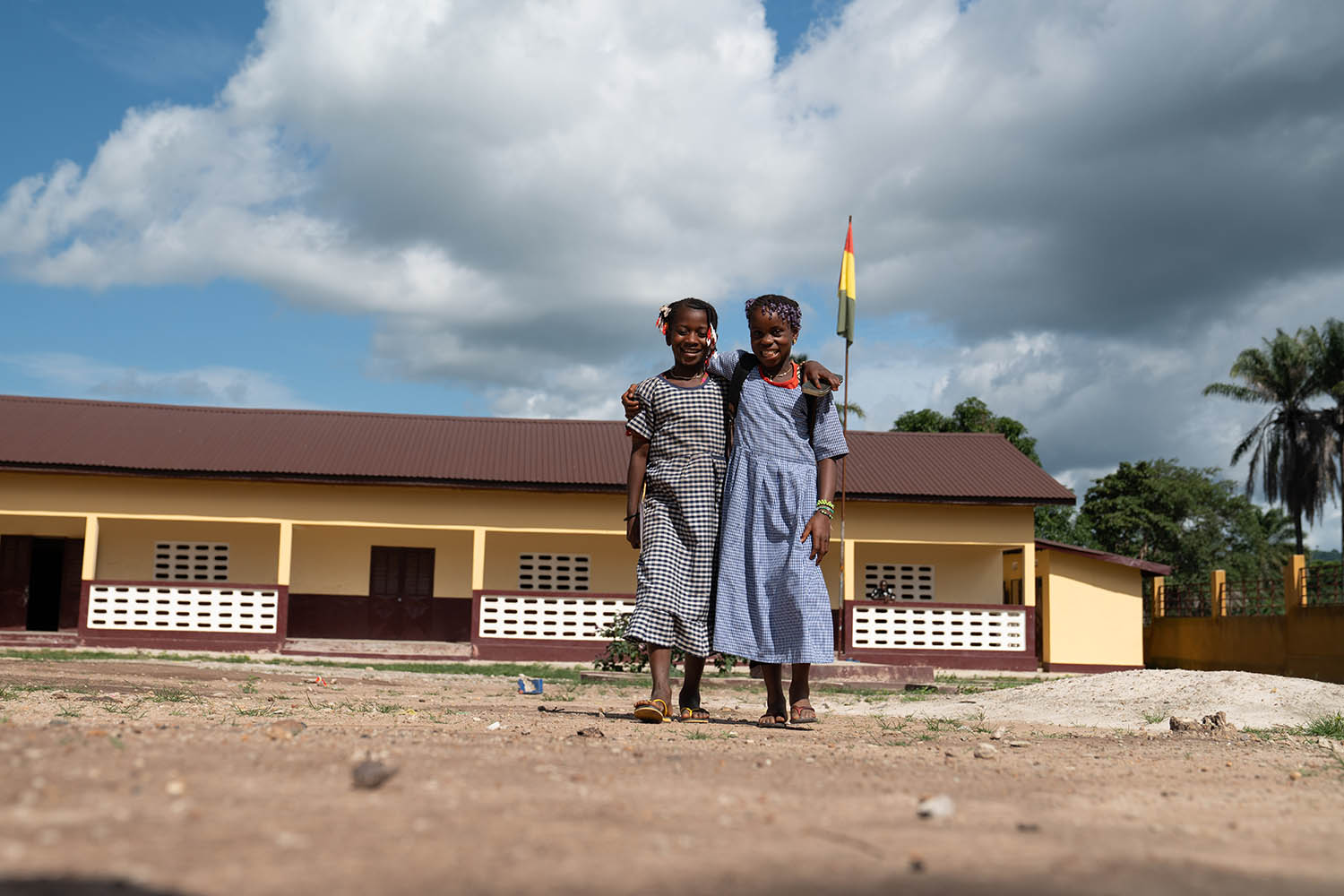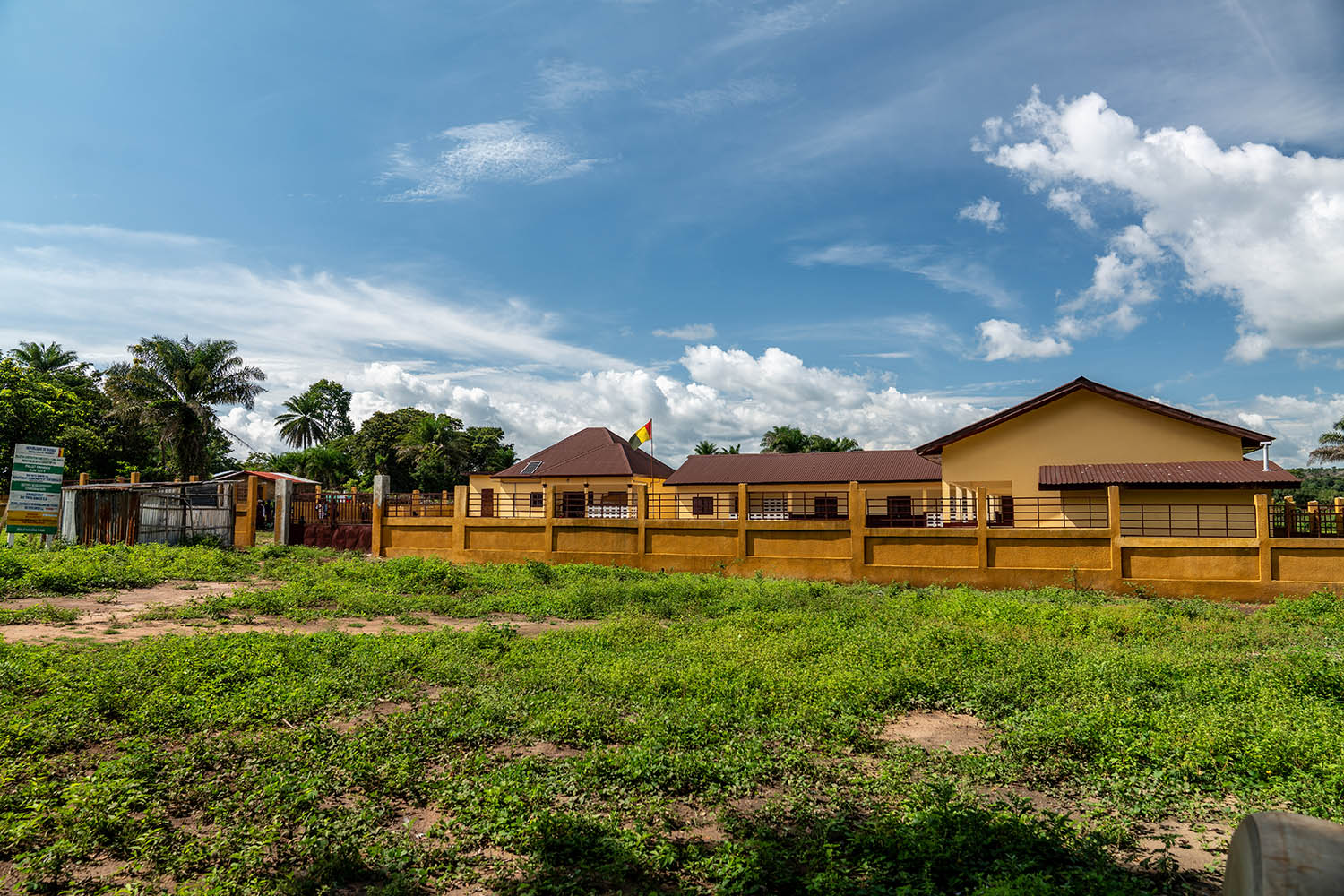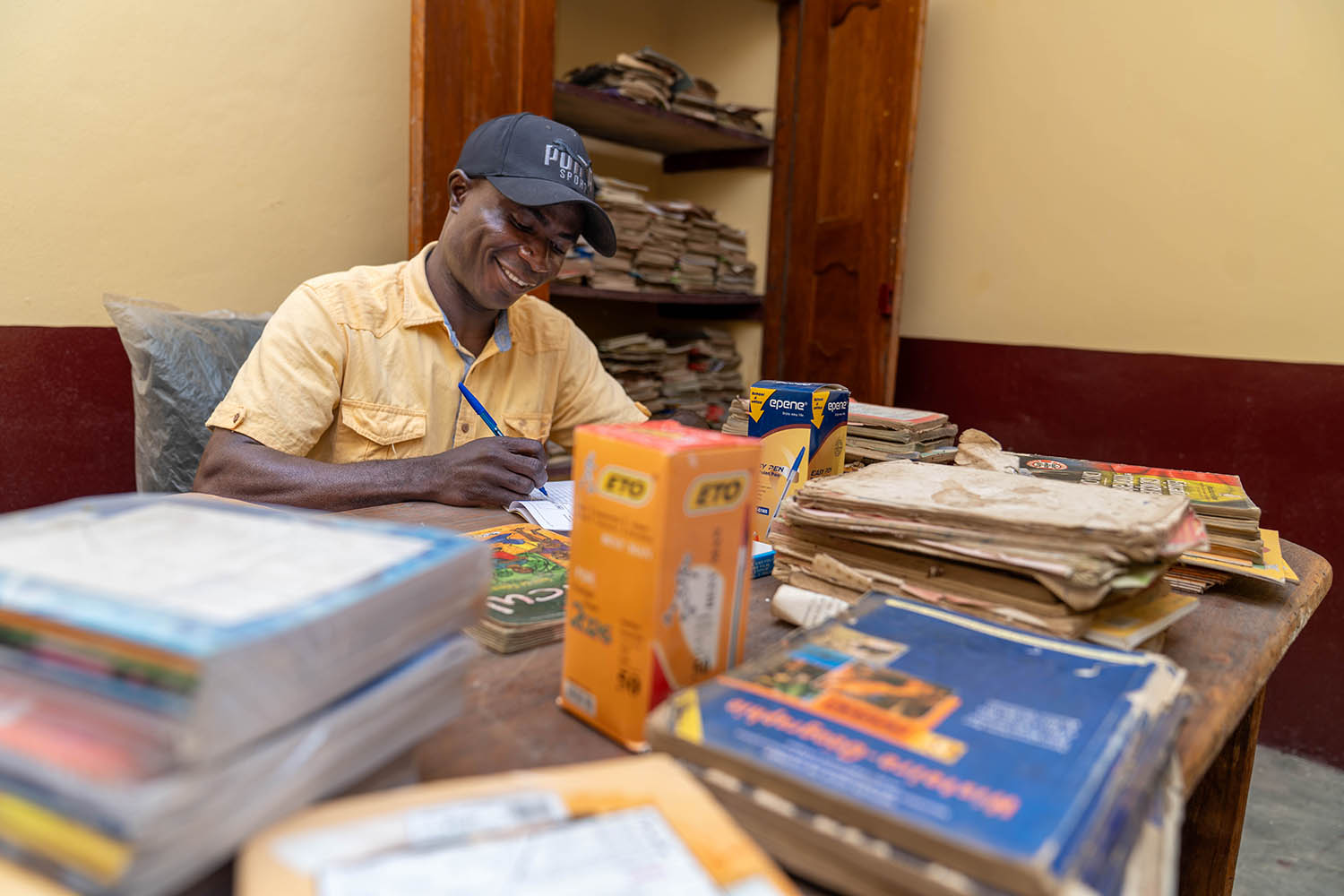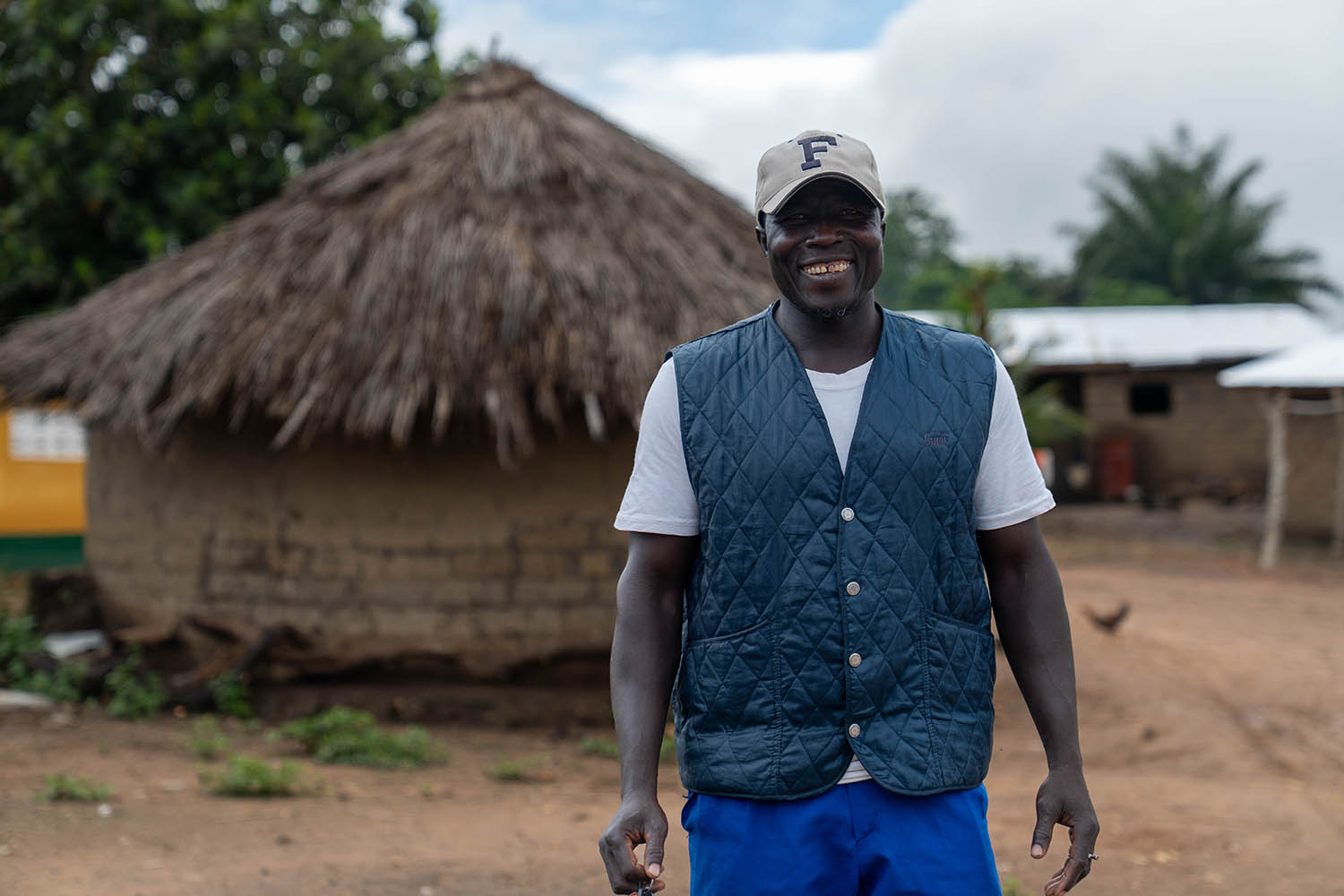In some rural areas of Guinea, access to education remains a major challenge for young school-age children. Rio Tinto SimFer has made education a key pillar of its social investment programme in the communities around its mining concession.
As of September 2024, 7 primary schools have been renovated or fully built providing access to education for more than 2,500 children in Beyla communities. Among the beneficiary villages was Foma, an area located more than 60 kilometers from downtown of the prefecture, which had never benefited from adequate school infrastructure and whose students had only a decrepit and dilapidated hangar as their only classroom. The new village school built by Rio Tinto SimFer is much more than just an infrastructure for the residents. It represents a foundation, an opportunity for the children of the community to build a better future for themselves and their families.

Providing a safe and nurturing educational environment to build a better future
Moriba Sakovogui is a former student of Foma Primary School. For decades, local children studied in improvised shelters, exposed to the wind and dust. It was a challenging learning environment that he still remembers with emotion.

”When I look back on my school career here in Foma, I realize how difficult times have been. At the time, our parents built sheds out of straw or earth. We studied on the floor, notebooks covered in dust, but the desire to learn pushed us to continue.”
Moriba Sakovogui
Now a graduate and engineering technologist, Moriba is one of those who has continued his studies all the way to university. Like him, about fifty children from the village had returned to school after it reopened in the 90s. Less than a dozen students were able to complete a university course.
A community mobilized to promote the education of its children
Today, Foma Primary School includes six fully equipped classrooms, a building serving as housing for the school principal, solar panels to provide energy, and a borehole to provide clean water for pupils and teachers. The school now has 190 students, including 81 girls, a number that reflects the new hope and enthusiasm for the school in the community.
”This school is a dream come true. When you compare it with what we’ve been through, it’s night and day. The children study in decent conditions. They have a chance that we didn’t have, and we encourage them to make the best of it.”
Moriba Sakovogui
The impact of this infrastructure goes beyond the walls of the school. Pépé Kolié, director of the school, was impressed by the mobilization and dedication of parents.

”The turnout was very high as soon as it opened. The parents were impressed by the quality of the buildings. Today, we are three teachers to cover all levels, and we organize ourselves with great commitment and dedication to the education of children.”
Pépé Kolié
Director of the school
With the number of students spread over four levels of education (CEP 1A, CEP 1B, CEP 2 and CE 2), the school has become a real centre of attraction for the children of the village of Foma Centre. And beyond the education that is provided there, it is a place for the future, a foundation for the community. For Lancei Bilivogui, President of the District of Foma, this school is the culmination of a long road.

”More than 50 years ago, our very first school was just a hangar. None of the first students had been able to complete their studies. Today, thanks to Rio Tinto SimFer, we have a school that is a source of immense pride for our village.”
Lancei Bilivogui
President of the District of Foma
This feeling of pride is shared by all members of the community who now see education as a collective priority. And above all, it is a gateway to a better future for generations to come.